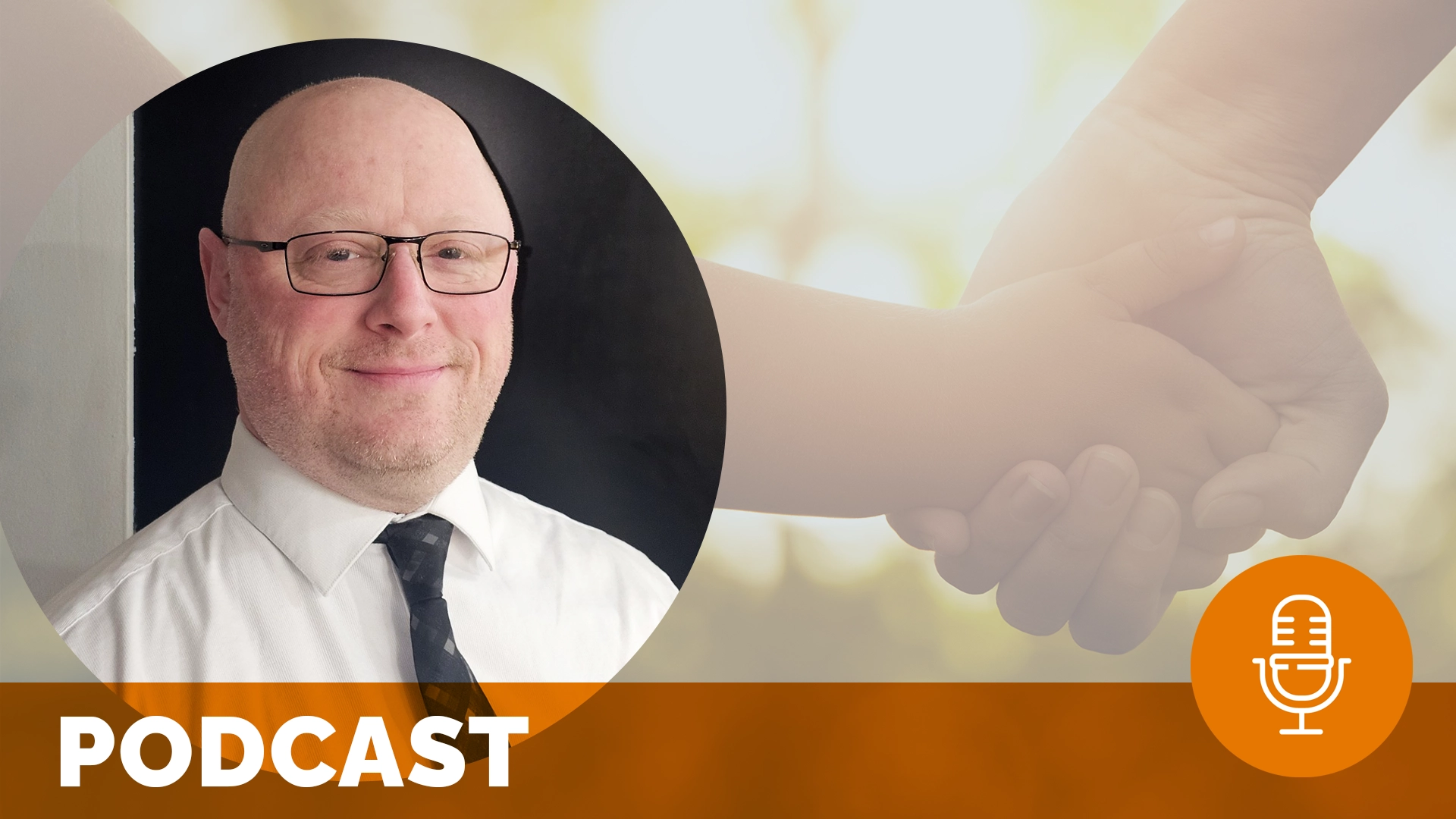The COVID career shift: How the pandemic and burnout are changing nursing paths

I know that it’s silly to think that careers are genetic, but emergency medicine seems to run in my family. I spent most of my career in a helicopter, responding to the worst of the worst medical calls: shootings, multi-car pile-ups, babies that needed immediate and intense life-saving care, you name it. My husband is a firefighter—we met at a literal train-wreck.
So my kids have been hearing these stories their whole lives—and you can’t imagine how happy I was when one of our twin daughters told us she wanted to follow in my footsteps. She’s been talking about it since she was about eight years old. She wanted to enroll in nursing school, work in the emergency department, and then work as a flight nurse.
And now, she’s spent the last four years in nursing school, pursuing that path, most recently serving as a tech in the emergency department. She just graduated in December—and then sat my husband and I down and said she no longer wants to pursue emergency medicine. She’s moving into surgical intensive care, away from the front lines of emergency care and into more managed environments with better nurse-to-patient ratios.
The news came as a shock, candidly. Although I fully support any path she wants to take, she’d been dreaming of being a flight nurse for well over a decade.
So what happened? To answer that question, you only need to understand what it’s like to be a nursing student in emergency medicine right now.
She just turned 23, and in the last two years, she’s seen more death than most medical workers do in a lifetime. As hospitals struggle more and more to staff up, she was working five consecutive days with 12-hour shifts, arriving at the hospital to find 40 or so patients waiting because there was simply no staff upstairs to take care of them. The ER refused to go on diversion, never shutting its doors, which ensures that all patients are able to receive treatment—but it also means that staff feel the direct pressure of that never-ending stream of patients.
Those pressures, especially for someone just getting started in their career, have real consequences. I’m so happy my daughter is staying in the field—there are so, so many who have left the field altogether.
My daughter is, of course, just one of the millions of nurses in the U.S. But her story is in no way unique. Every single medical professional has been touched by COVID-19 and has the scars—either physical or mental—to prove it. Although we’re thankfully seeing case numbers decrease every day, we’re still not out of the woods, even discounting future surges or variants. The gashes left by this pandemic on our nation’s doctors and nurses are deep—and it’s time for hospitals to address this reality.
So what does that look like in practice? It comes down to compassion, communication—and information. Just as nurses round on patients, hospital leaders need to take the same care to check in with their staff, in purposeful and data-driven ways. In addition to offering mental health resources and support, staff members need to know that they are seen and heard. And that means that hospital leaders need to proactively listen—and respond accordingly.
Author Bio:
Joy Avery, RN, MSN
Joy brings thirty-five years of experience and expertise in clinical practice, healthcare operations, patient experience, capacity management, and operationalizing enterprise command centers in dozens of healthcare systems across the US and UK. Joy also had the opportunity to deliver patient care in a wide range of roles at North Mississippi Medical Center in Tupelo, MS, including Chief Flight Nurse, Trauma Program Manager, and Director of Specialized Clinical Services responsible for transfer center, patient throughput, bariatric services, and nursing leadership programs. Joy is passionate about improving patient outcomes and access across the care continuum.
Related content
-
 Staff & Provider Engagement
Staff & Provider EngagementWork-Life Balance in Healthcare: Caring for Yourself to Care for Others
Achieving work-life balance is essential for overall well-being, especially in healthcare. Join us as Robert Cote, a patient advocate for the VA, shares his personal journey through imbalance and the steps he took to restore stability. Discover the warning signs, practical strategies for self-care, and the importance of setting boundaries. Cote’s powerful message reminds us:
Learn more -
 Patient Family & Community Engagement | Staff & Provider Engagement
Patient Family & Community Engagement | Staff & Provider EngagementThe Importance of Emotional Intelligence in Patient Relations (Part 2)
The Patient Relations department assesses and resolves complex patient issues related to customer service, billing, and patient care daily by researching errors and patient issues and finding the proper solution to satisfy the needs of the patient and their care partners. Individuals possessing a high emotional intelligence (EI) quotient can use their emotions as a
Learn more -
 Staff & Provider Engagement
Staff & Provider EngagementHOPE Experience Essentials: The Next Generation of Service Standards at Mayo Clinic
Engaging employees in providing exemplary patient experience has been challenging for healthcare leaders in recent years given the pressures of the regulatory environment, increases in staff burnout and rising patient expectations. Amid these challenges, addressing patient experience remains a top priority for healthcare organizations. A novel intervention has been applied at Mayo Clinic with the
Learn more
